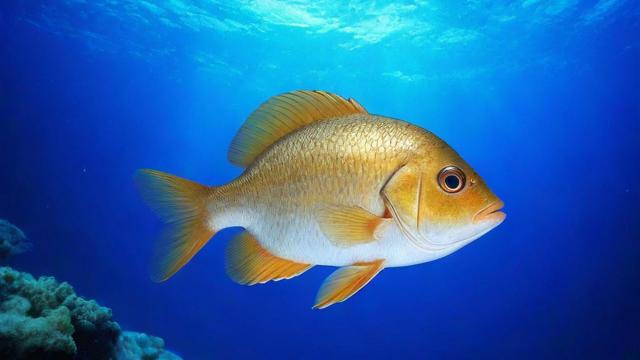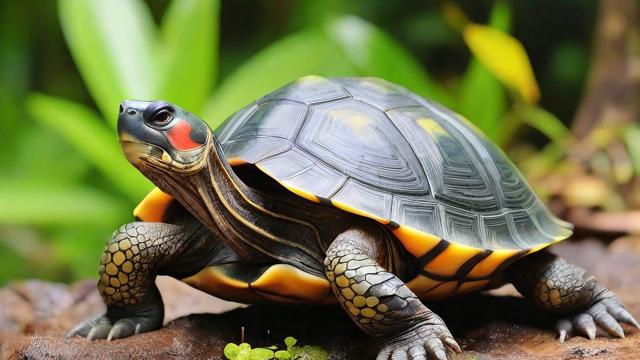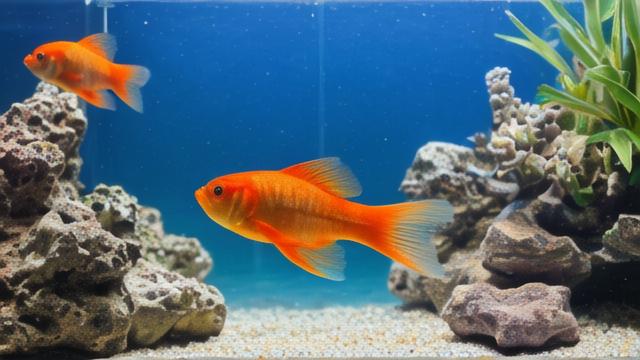探索鲨鱼世界:物种多样性、生态重要性及保护挑战 shark
Sharks are some of the most fascinating creatures in the ocean, playing a crucial role in maintaining the balance of marine ecosystems. In this chapter, I’ll take you on a journey to understand shark species, their importance, and how they’re often misunderstood. Let’s dive into the world of these majestic predators and see why they deserve our respect and admiration.
1.1 Overview of Shark Species and Their Importance in Marine Ecosystems
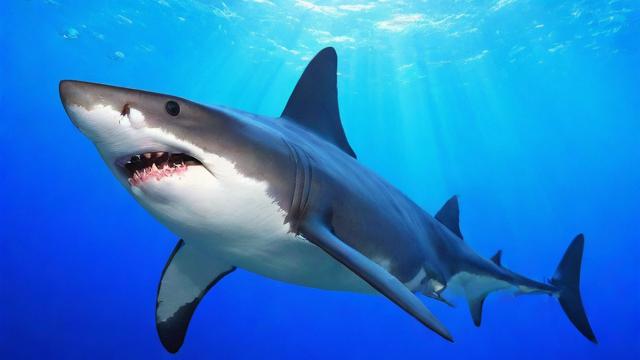
When I think about sharks, one thing stands out—they’re not just any fish; they’re vital players in the underwater world. There are over 500 species of sharks, each contributing uniquely to their environment. They keep fish populations healthy by preying on the weak and sick individuals, preventing diseases from spreading. Without sharks, ecosystems could become unbalanced, leading to problems that affect everything from coral reefs to fisheries.
Imagine an ocean without sharks. It might seem peaceful at first glance, but over time, the food chain would collapse. Fish populations could explode, overwhelming habitats like seagrass meadows or coral reefs. These areas provide homes for countless marine animals, so protecting sharks is essential for preserving biodiversity. Every time I learn more about them, I realize how much we depend on these powerful swimmers.
1.2 Types of Shark Species: From Great Whites to Whale Sharks
Did you know there’s such a wide variety of shark species? Each type has its own personality, if you will. For instance, great white sharks are known for their incredible hunting skills, while whale sharks—the largest fish in the sea—are gentle giants that feed on plankton. Hammerhead sharks have unique heads shaped like hammers, which help them detect prey buried in the sand. It’s amazing how nature designed each species with specific traits to survive.
Take the tiger shark, for example. This species isn’t picky when it comes to meals—it eats almost anything! That makes it highly adaptable and able to thrive in different environments. On the other hand, mako sharks are super fast, reaching speeds up to 60 miles per hour. No matter which species you look at, every shark tells a story about evolution and survival.
1.3 Common Misconceptions About Sharks and Their Role in Popular Culture
Movies and media sometimes give sharks a bad reputation. Think about "Jaws"—it painted sharks as mindless killing machines. But in reality, sharks rarely attack humans. Most encounters happen because of mistaken identity, like when a shark thinks a surfer looks like a seal. Once you understand their behavior, it’s easier to appreciate them instead of fearing them.
In popular culture, sharks are often portrayed as villains, but they’re actually critical for the health of our oceans. Many conservationists work hard to change this narrative by educating people about the true nature of sharks. When I talk to kids about sharks, I emphasize how cool and important they are. After all, who wouldn’t want to protect an animal that’s been around for millions of years?
This chapter gives us a glimpse into the incredible world of sharks, highlighting their diversity, ecological significance, and cultural impact. As we move forward, understanding these magnificent creatures becomes even more important.
Sharks face numerous challenges today, and it’s crucial to understand the methods being used to protect them. In this chapter, I’ll explore the threats sharks encounter, effective conservation techniques, and international efforts aimed at preserving these incredible animals. By learning about these strategies, we can all play a part in safeguarding our oceans’ guardians.
2.1 Threats Facing Shark Populations Today: Overfishing, Climate Change, and More
When I think about the dangers sharks face, one of the biggest issues that comes to mind is overfishing. Every year, millions of sharks are caught accidentally in fishing nets or targeted for their fins. This practice, known as shark finning, removes their fins and throws the rest of the body back into the ocean, leaving them unable to survive. It’s heartbreaking to see such waste and cruelty.
Climate change also poses a significant threat to shark populations. Rising ocean temperatures and acidification disrupt marine ecosystems, affecting the prey sharks rely on. For example, coral reefs, which are home to many small fish, are deteriorating due to warming waters. If sharks don’t have enough food, their numbers will decline further. Additionally, pollution from plastic and chemicals harms both sharks and their habitats, making it harder for them to thrive.
2.2 Effective Shark Conservation Techniques: Marine Protected Areas and Sustainable Fishing Practices
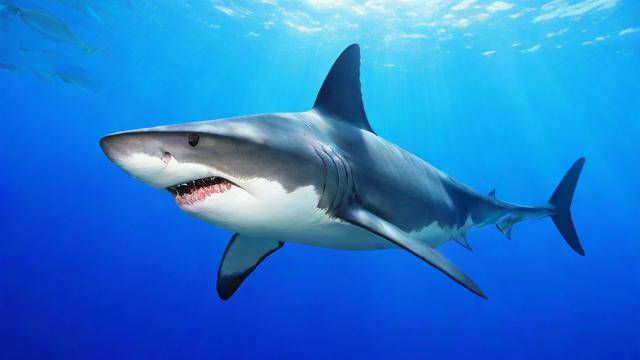
One of the most promising ways to help sharks is through marine protected areas (MPAs). These zones limit human activities like fishing and provide safe spaces where sharks can live and reproduce without disturbance. When I visit an MPA, I feel hopeful because I know these areas give sharks a chance to recover. Many countries have established MPAs, and studies show they can lead to healthier shark populations over time.
Sustainable fishing practices are another key component of shark conservation. By using gear that reduces bycatch—accidentally catching non-target species—fishermen can minimize harm to sharks. Governments and organizations are working together to promote regulations that ensure fishing remains within sustainable limits. As someone who cares deeply about the ocean, I believe supporting eco-friendly seafood choices is a simple yet powerful way to contribute to shark protection.
2.3 International Efforts and Agreements for Shark Preservation
On a global scale, there are many initiatives designed to save sharks. International agreements, such as CITES (the Convention on International Trade in Endangered Species), regulate trade in shark products to prevent extinction. Countries collaborate to share data and resources, ensuring that conservation efforts are coordinated across borders. Whenever I read about these agreements, I’m reminded of how important teamwork is when tackling environmental problems.
Organizations like the International Union for Conservation of Nature (IUCN) play a vital role in assessing shark populations and identifying species at risk. Their research helps guide policies and inspire action. Everyone—from scientists to everyday citizens—has a role to play in protecting sharks. Whether it’s volunteering for beach cleanups or spreading awareness, each effort adds up to make a difference.
This chapter highlights the urgent need for shark conservation and the various methods being employed worldwide. By understanding the threats sharks face and the solutions available, we can work together to ensure these magnificent creatures continue to roam the oceans for generations to come.
In this chapter, I’ll dive into the fascinating world of shark research and explore how scientists are uncovering new insights about these incredible creatures. From understanding their behavior to predicting migration patterns, there’s so much we can learn that will help shape the future of shark conservation. Let’s take a closer look at what researchers are discovering today and where they hope to go in the years ahead.
3.1 Current Scientific Research on Shark Behavior, Migration Patterns, and Ecology
When it comes to studying sharks, one of the most exciting areas is understanding their behavior. Scientists have been working hard to figure out how sharks interact with their environment and other marine life. For example, did you know that some species of sharks actually communicate through body movements or even electrical signals? It’s incredible to think about how complex their social lives might be.
Migration patterns are another big focus for researchers. By tracking where sharks travel, we can better understand their needs and protect critical habitats. Take great white sharks, for instance—they often migrate long distances between feeding and breeding grounds. Understanding these routes helps us identify areas that require special protection. As someone who loves the ocean, I find it amazing how much technology has advanced our ability to follow these journeys.
Ecology plays a huge role in shark research too. Scientists study how sharks fit into the larger picture of marine ecosystems. They examine things like diet, predator-prey relationships, and the impact of environmental changes. This knowledge not only benefits sharks but also gives us a clearer view of how healthy oceans function. It’s all connected, and every piece of information brings us closer to preserving the balance.
3.2 Innovative Technologies Used in Shark Studies: Tagging, DNA Analysis, and Remote Sensing
Technology has revolutionized the way we study sharks. One of the coolest tools is tagging. Researchers attach small devices to sharks that send back data about their location, depth, and water temperature. This allows us to monitor their movements in real-time without disturbing them too much. The first time I heard about satellite tags, I was blown away by how much information they could gather just by swimming around!
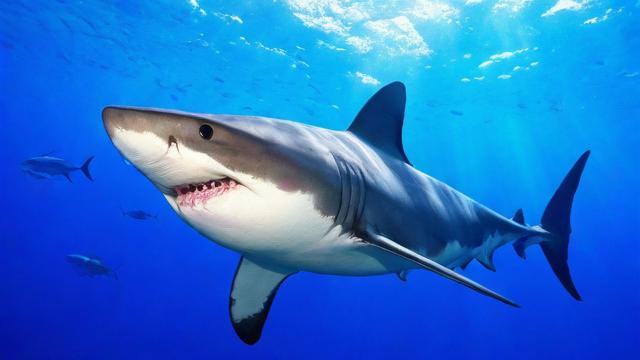
DNA analysis is another game-changer. By collecting samples from sharks, scientists can learn about population genetics, ancestry, and even individual identities. This kind of detail helps conservationists target specific groups of sharks that may need extra protection. Think about it—by analyzing a tiny bit of tissue, we can unlock secrets about an entire species.
Remote sensing technologies, like drones and underwater cameras, offer unique perspectives on shark behavior. These tools let researchers observe sharks up close without getting in their way. Whether it’s watching how they hunt or seeing how they react to different stimuli, remote sensing provides valuable data that wasn’t possible before. It’s truly fascinating how far science has come in such a short time.
3.3 The Future of Shark Conservation: Challenges and Opportunities in a Changing World
Looking ahead, the future of shark conservation holds both challenges and opportunities. Climate change continues to pose significant risks, altering ocean temperatures and acidity levels. These changes affect everything from shark reproduction to food availability. However, advancements in technology and growing public awareness give me hope for the future.
One opportunity lies in expanding international cooperation. By sharing data and resources, countries can work together more effectively to protect sharks across borders. Imagine a world where every nation contributes to a global database of shark populations and migrations. That level of collaboration would make a huge difference.
Education and outreach are also key components of future efforts. Teaching people about the importance of sharks and involving communities in conservation projects can inspire lasting change. When I talk to kids about sharks, I see their eyes light up with curiosity. That excitement reminds me why spreading knowledge matters—it plants seeds for the next generation of shark advocates.
To sum up, this chapter explored the current state of shark research and the potential paths forward. Through innovative technologies, dedicated scientists, and collaborative efforts, we’re learning more than ever before about these magnificent animals. By continuing to expand our knowledge, we can ensure a brighter future for sharks and the oceans they call home.



